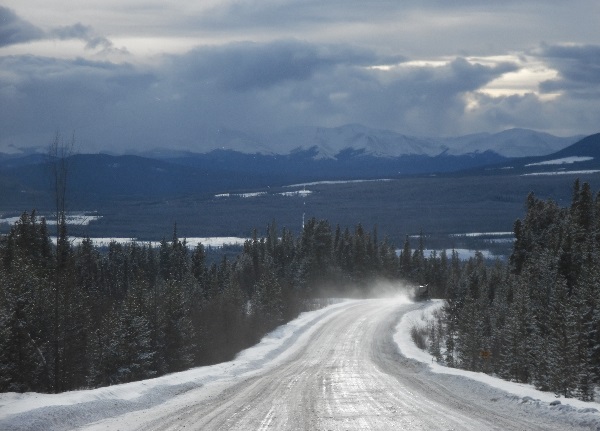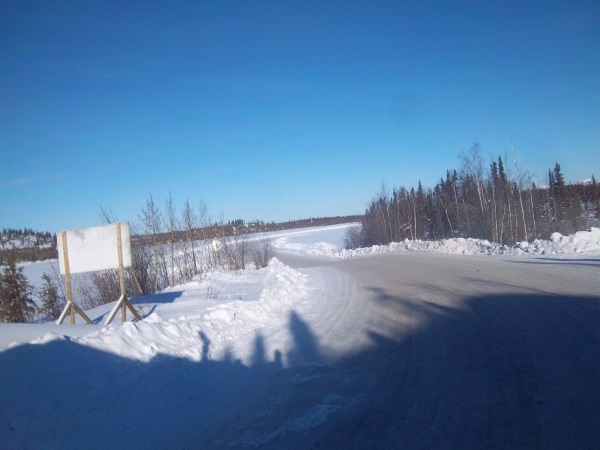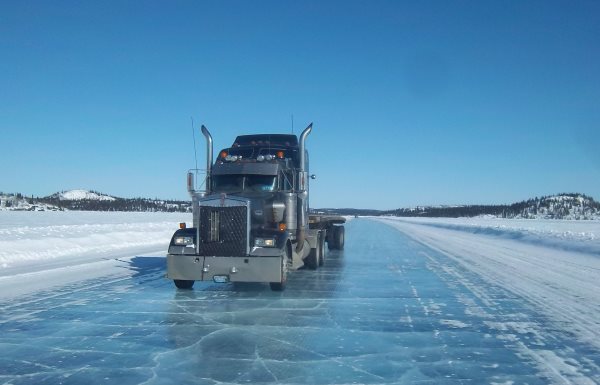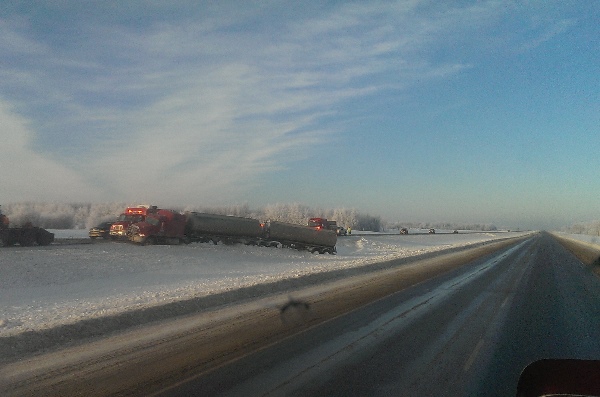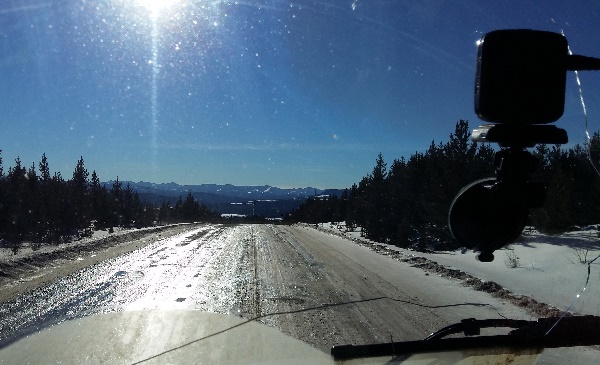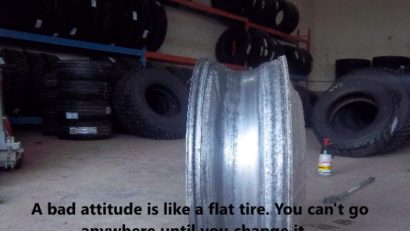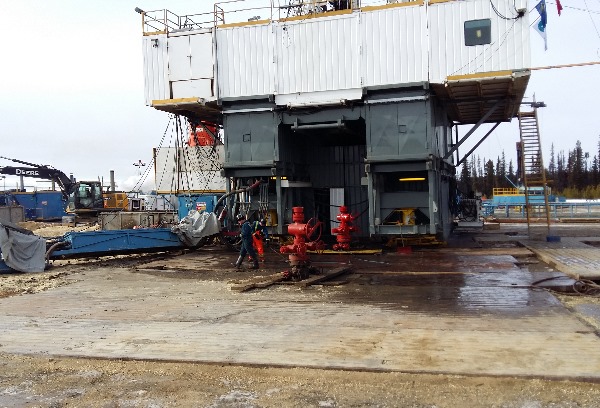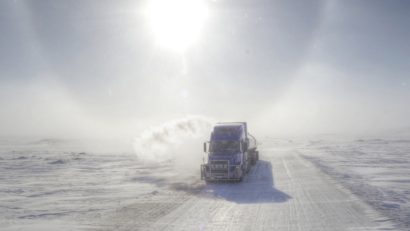Identifying your Direction
When travelling in the direction where the km marker numbers are going up, you’re considered “Empty”. When the numbers are going down, you’re “Loaded”. This confuses new people headed to a location with a load on their trailer when they’re calling out empty. (You’ll get used to it.)
It can also be challenging changing from one road to another. You could be travelling empty as the markers are going up, but as soon as you turn off to another road the markers could be going down instead of up. So now you’ll still be going into location, but your call in changed from Empty to Loaded with the road switch.
This can change on some roads especially in BC. They may use “Up” and “Down” instead of “Loaded” and “Empty” for directional identification.
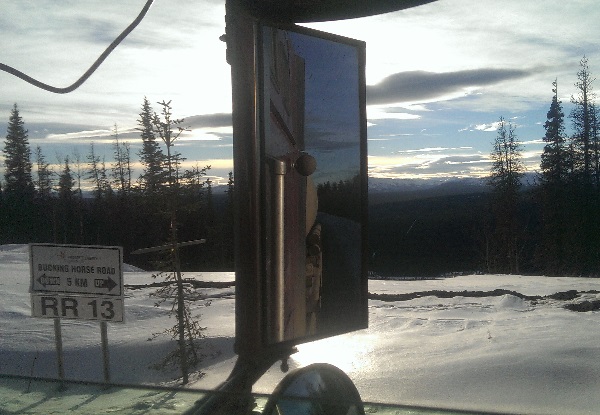
Oilfield VHF Radio Use. BC uses up and down for direction identification instead of loaded and empty like Alberta.
Other Situations
There will always be other situations arise that may not have a standard way of communication. Just do your best to let others know what you are, where you are, and what you’re doing.
For example:
Short roads coming off a main road into a lease location may not always have a name, channel or km markers and these are often the most narrow roads you’ll be on. In this case drivers often use terms like: leaving location, headed into, coming out of, etc. They usually identify the marker on the road where they enter or leave, the oil company, or the LSD of the lease as a road identifier. (We’ll cover what an LSD is is the next section on Truckers Equipment, GPS and driving directions.)
Basic examples of what you might hear over the radio:
- “Tanker leaving the Jedney at 7 headed into location, is there anyone coming out?”
- “Loaded tanker, 6 Jedney”
- “Empty body job approaching km 12 bridge on the Jedney”
So they’re identifying what direction they’re travelling in, what they are, the km marker, and the road they’re on. You’ll find that road users can say this many different ways, so long as they use the main identifiers.
There’s always someone watching or listening!
Be respectful, courteous, and remember that you’re driving a company billboard. You never know who’s listening to your conversation over the radio. If you do something wrong, chances are your dispatcher will know right away.
Speed limits are usually posted and some roads will have multiple speed limits for vehicles 1 ton and under, and another limit for heavy truck traffic. Getting caught speeding could get you, and even your company banned from a road.
One more note about being considerate with oilfield VHF radio use is to turn off your stereo. You may not think it’s loud, but your microphone is more sensitive than you think. It’s very annoying to other drivers when they can’t distinguish between your voice and the stereo
Thanks for reading Oilfield VHF Radio Use
Let’s wrap up this Oilfield trucking series with the rest of the truckers equipment you may need in your travels. GPS, cell phones, wifi, and being prepared with food, tools, and emergency supplies will all be covered.
